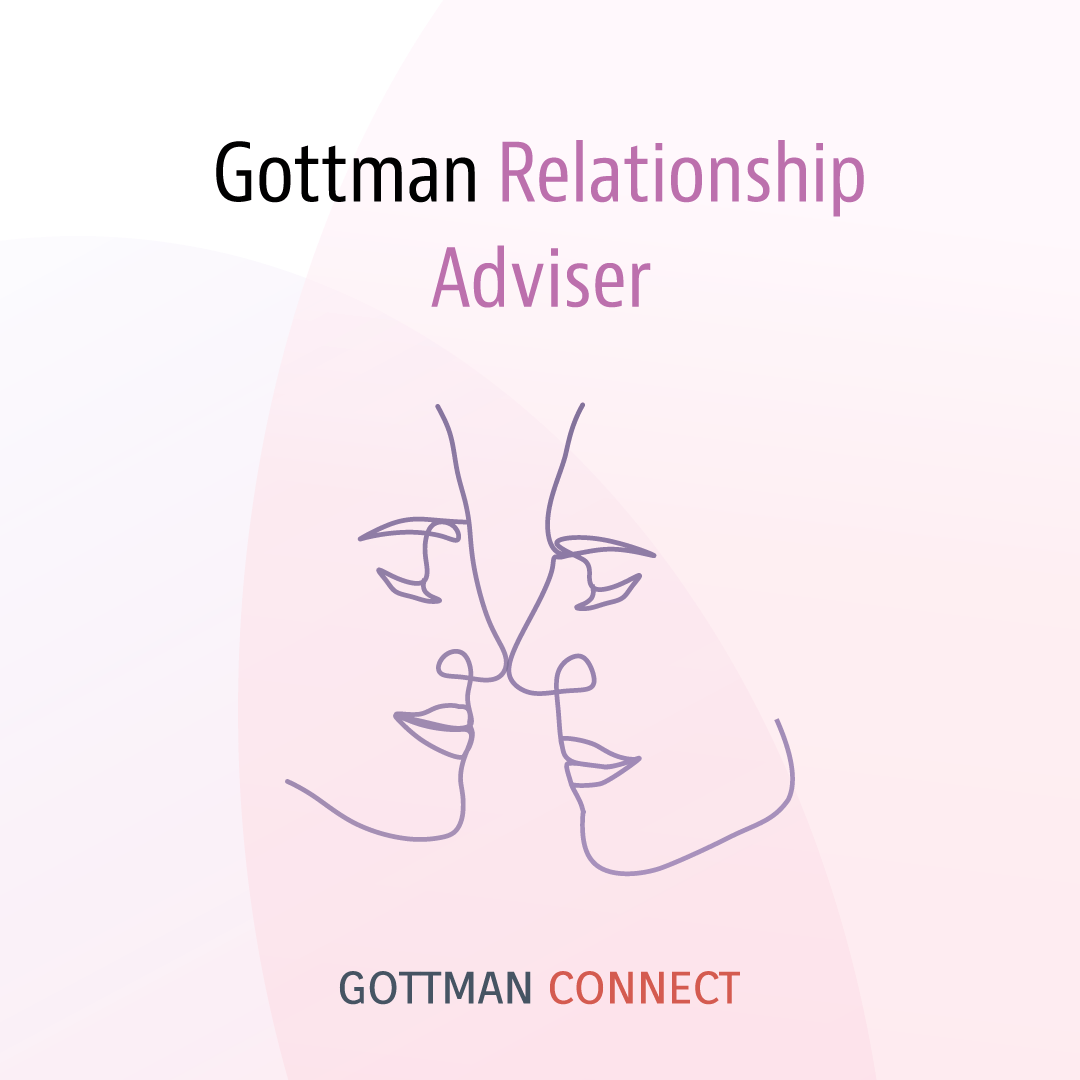The third level of the Sound Relationship House is Turn Towards Instead of Away. In couple relationships, Dr. Gottman defines “turning towards” as someone positively responding to their partner’s “bid” for emotional connection. He explains that these bids usually happen during the small moments in life – simply asking a question or making a passing comment – and being met with a response that is positive and present.
When someone makes a bid, there are three ways that we can respond: turn towards by responding in a favorable manner; turn away by ignoring, or turn against by responding in a hostile, abrasive way. Dr. Gottman found that if a bid was not met, the probability that the person would re-bid was almost zero. And, with happy couples, people re-bid only 22% of the time!
As it applies to professional relationships, I’ve renamed Turn Towards Instead of Away in the Sound Relationship Workplace to Respond and Engage.
Workplace meetings are an interesting place to observe the level of responsiveness and engagement between colleagues. At any given moment, people turn towards, away, or against each other as ideas are discussed and decisions are made. Bids and their responses are both verbal and non-verbal. Eye contact, nodding of the head, and facial expression are all examples of relational connection and disconnection. Try tracking these non-verbal signals between colleagues at your next meeting to learn about their relational dynamics.
A big way that people fail to turn towards each other in the workplace is when they are on their mobile device while engaged in conversation. The result is that people feel dismissed or unheard, even if the person is multitasking. We have all had the experience of speaking with someone and they suddenly turn their attention to their phone. This experience is perceived as turning away and can be frustrating – even insulting – to the person on the receiving end. One of the best things that you can do for your relationships at work is to put your phone away when speaking with colleagues face-to-face. Communicate that you are present with them and see the positive difference it makes!
Jennifer, as I will call her, did not understand why her manager dismissed her ideas (turned away) and then responded positively (turned towards) the same idea if articulated by another member of the team. This led to Jennifer’s increased frustration, negatively impacted her morale, and landed her in my office. I encouraged her to approach her manager and explain that she felt dismissed when sharing her ideas. Her manager did not realize that he was turning away from Jennifer. He accepted her feedback and made a point to acknowledge her ideas in a more positive way in the future. It was a small change that made a lasting impact on Jennifer’s relationship with her manager.
It’s important to remember that bids for connection in the workplace can be virtual as well. Colleagues bid for one another all the time through email and phone calls. Who can deny the importance of getting back to people? Yet, it amazes me how many people are not timely in their responses to others. When not appropriately responded to, people feel that they are not important, which impacts their trust.
Be mindful of how you respond to colleagues and your level of engagement with them – whether via email, phone, or in person. At any given moment, there are people bidding for you in one way or another. Consider their bids and be as responsive and engaged as possible!










